Ever caught yourself saying “everything happens for a reason” when things get tough? Or pushed away negative feelings because “optimistic people stay positive?”
Here’s what Simon suggests instead: let yourself feel bad sometimes.
“I just said, can you stop with all of this, please, and just tell me how you feel?” Simon recalls telling a friend who was forcing positivity during a difficult time. It turns out, true optimism isn’t about forcing a smile—it’s about something much more powerful.
“Optimism is not naive, nor is it blind,” he says. “It is the undying belief that the future is bright.” But here’s the crucial part: that belief can coexist with current struggles, doubts, and difficulties.
The Problem with “Toxic Positivity”
When we try to force ourselves or others to “stay positive,” we’re actually creating more stress. Why? Because we’re not just dealing with the original challenge—we’re also battling the guilt of not feeling positive enough about it.
“A healthy person has all the emotions,” Simon reminds us. “If you get stuck in sadness, that’s a clinical problem. If you get stuck in happiness, that’s not healthy either.”
How to Practice Real Optimism
- Make Space for All Emotions: Instead of pushing away negative feelings, acknowledge them. This doesn’t mean wallowing—it means accepting that every emotion has its place in a healthy life.
- Double Down on Relationships: “You double down on relationships, double down on friendships,” says Simon. Real optimism isn’t something we achieve alone—it’s something we build together.
- Separate Current Reality from Future Possibility: “What I’m talking about is not the absence of stress,” says Simon. “It’s just clarity as you go through that stress.” You can acknowledge today’s challenges while maintaining faith in tomorrow’s possibilities.
Putting It Into Practice
Next time you’re facing a challenge (or supporting someone who is):
Start with Honesty: Allow yourself or others to express genuine feelings without rushing to “fix” them.
Build Connection: Rather than offering solutions, focus on strengthening relationships. Sometimes just being present is more powerful than being positive.
Maintain Perspective: Remember that acknowledging current difficulties doesn’t mean giving up hope for the future. As Simon says, “We can sit in the hell and darkness and struggle now,” while still believing in a brighter tomorrow.
The Power of Real Optimism
This approach might feel counterintuitive at first. After all, we’re often taught that being optimistic means always looking on the bright side. But true optimism is more resilient than that—it’s the ability to face reality while maintaining hope, to acknowledge struggle while believing in possibility.
“Relationships will always outlast everything else,” Simon reminds us. “There’s nothing certain about anything at work, but the strength of those relationships will carry you through.”
By making space for all emotions and focusing on genuine connections, we build an optimism that’s authentic, sustainable, and contagious. It’s not about forcing smiles or finding silver linings—it’s about creating a foundation strong enough to support both our struggles and our hopes.
Because real optimism isn’t about pretending everything is fine. It’s about knowing that even when things aren’t fine, we have the strength, the support, and the capacity to move through it together.
For more insights on building stronger relationships, explore The Optimism Library today.












